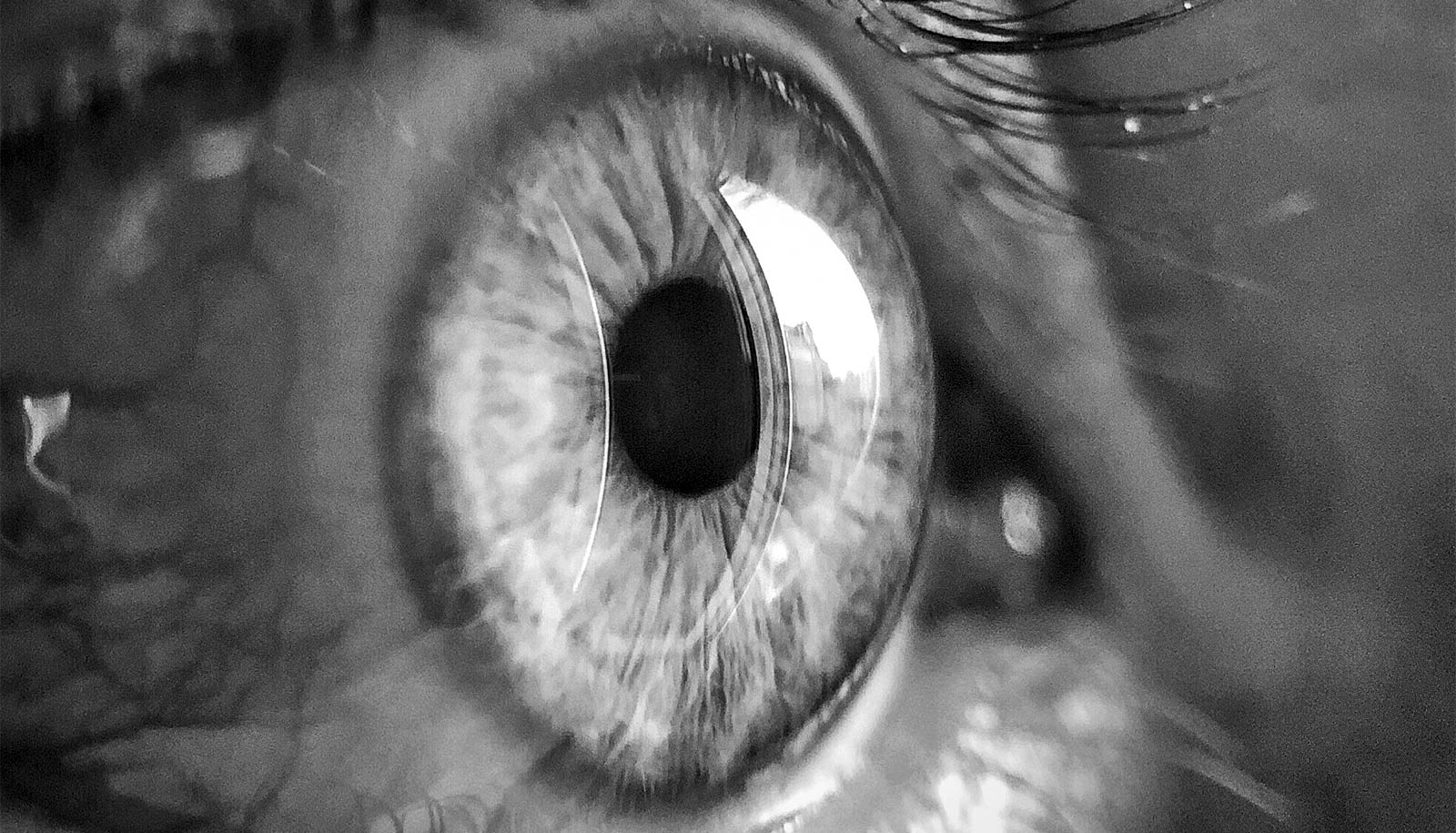The eye’s cornea can resist infection from the novel coronavirus, a new study suggests.
Whether other eye tissue such as the tear ducts and the conjunctiva, are vulnerable, however, remains unknown, the researchers report.
The herpes simplex virus can infect the cornea and spread to other parts of the body in patients with compromised immune systems. Earlier studies have also found Zika virus in tears and corneal tissue.
But SARS-CoV-2, the virus that causes COVID-19, does not appear to replicate in the human cornea, according to the new findings in Cell Reports.
Because of unknowns involving the tear ducts and the conjunctiva, it’s too soon to dismiss the importance of eye protection.
“Our findings do not prove that all corneas are resistant,” cautions first author Jonathan J. Miner, an assistant professor of medicine, of molecular microbiology and of pathology and immunology at Washington University in St. Louis. “But every donor cornea we tested was resistant to the novel coronavirus.
“It’s still possible a subset of people may have corneas that support growth of the virus, but none of the corneas we studied supported growth of SARS-CoV-2,” he says.
Miner teamed up with ophthalmologist Rajendra S. Apte, to study mouse and human corneas exposed to the herpes simplex, Zika, and SARS-CoV-2 viruses.
“Some COVID-19 patients get eye symptoms, such as conjunctivitis (pink eye), but it’s not clear that the viral infection itself causes that; it could be related to secondary inflammation,” says Apte, professor in the ophthalmology and visual sciences department. “The cornea and conjunctiva are known to have receptors for the novel coronavirus, but in our studies, we found that the virus did not replicate in the cornea.”
Prior research in human and mouse corneal tissue had demonstrated that Zika virus could be shed in tears, and the researchers wanted to learn whether the cornea might serve as an entry point for SARS-CoV-2.
To test that, the team exposed the eye tissue to the different viruses and observed whether the viruses could grow and replicate. The scientists also identified key substances in corneal tissue that can promote or inhibit viral growth.
They identified one inhibitor called interferon lambda. They found that it prevented efficient growth of Zika virus and herpes simplex virus in the cornea. But with SARS-CoV-2, levels of the substance had no effect on whether the virus could replicate. It simply could not gain a foothold whether interferon lambda was present or not.
That’s reassuring to Apte, also a professor of developmental biology and of medicine, who says it suggests COVID-19 probably cannot be transmitted through a cornea transplant or similar procedures in the eye.
“Our data suggest that the novel coronavirus does not seem to be able to penetrate the cornea,” Apte says.
Miner adds, however, that because of unknowns involving the tear ducts and the conjunctiva, it’s too soon to dismiss the importance of eye protection.
“It’s important to respect what this virus is capable of and take appropriate precautions,” he says. “We may learn that eye coverings are not necessary to protect against infection in the general community, but our studies really are just the beginning. We need larger clinical studies to help us better understand all the potential routes of SARS-CoV-2 transmission, including the eye.”


